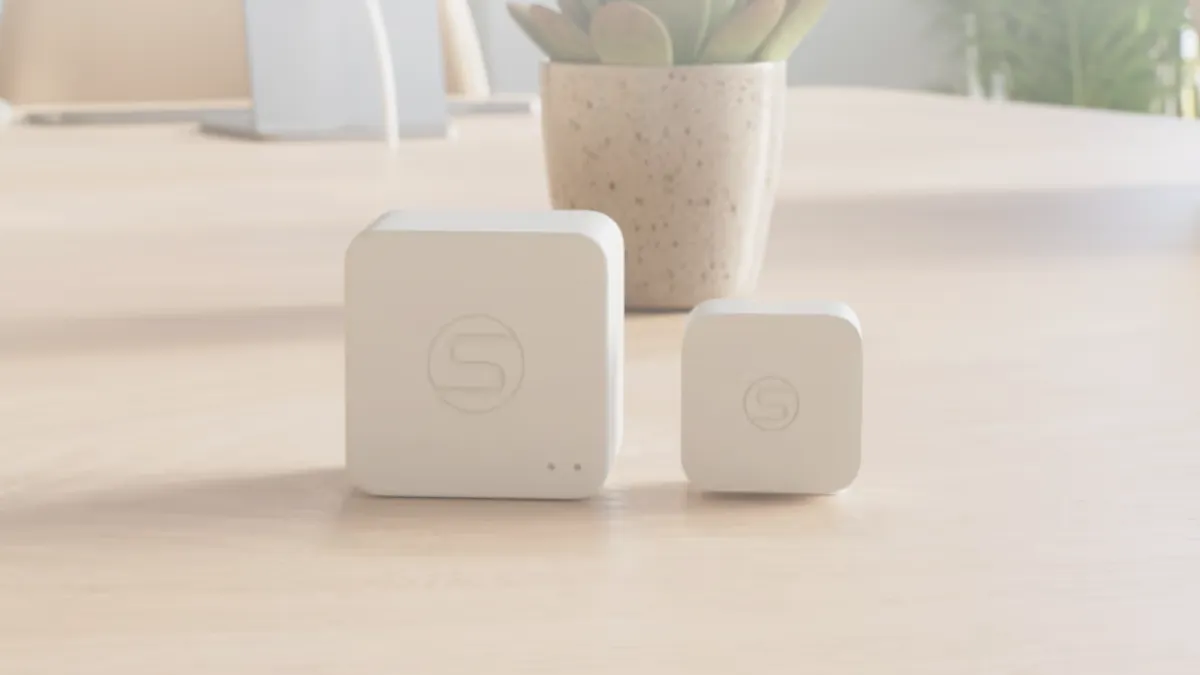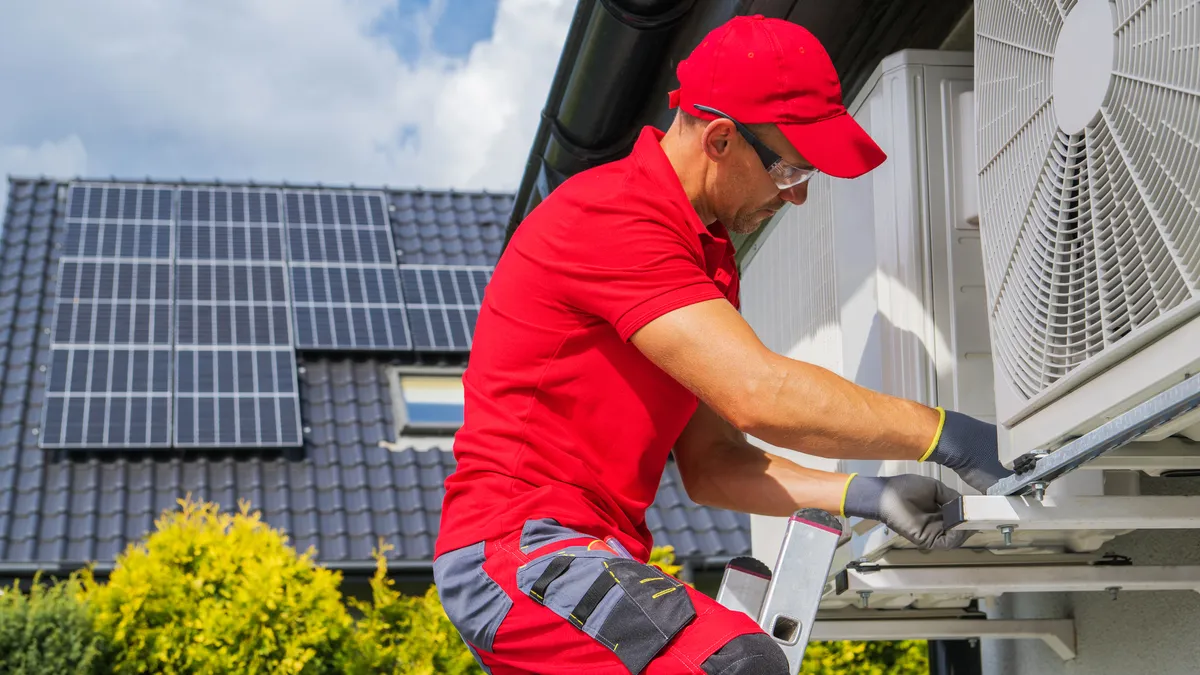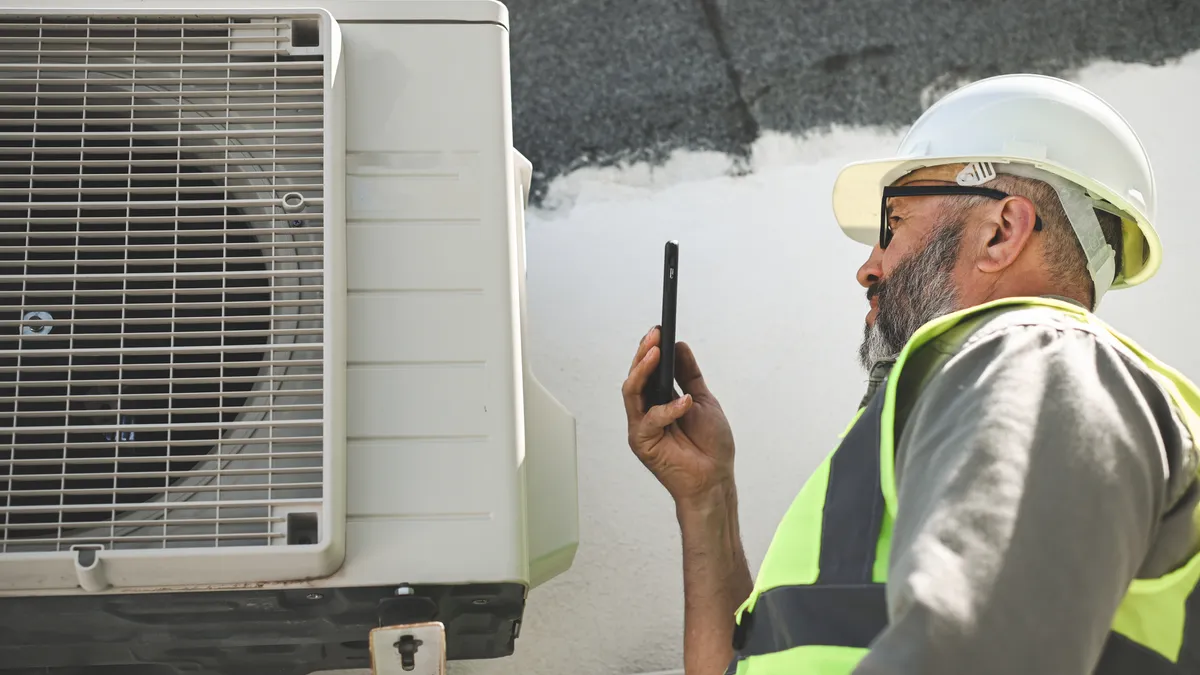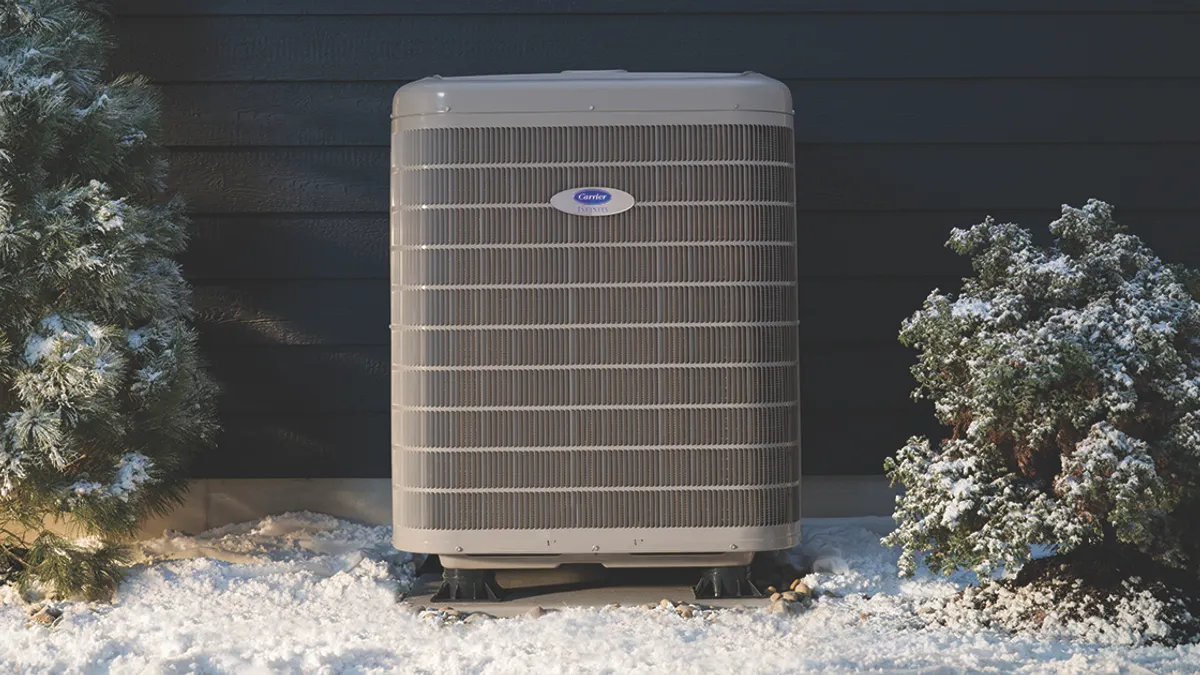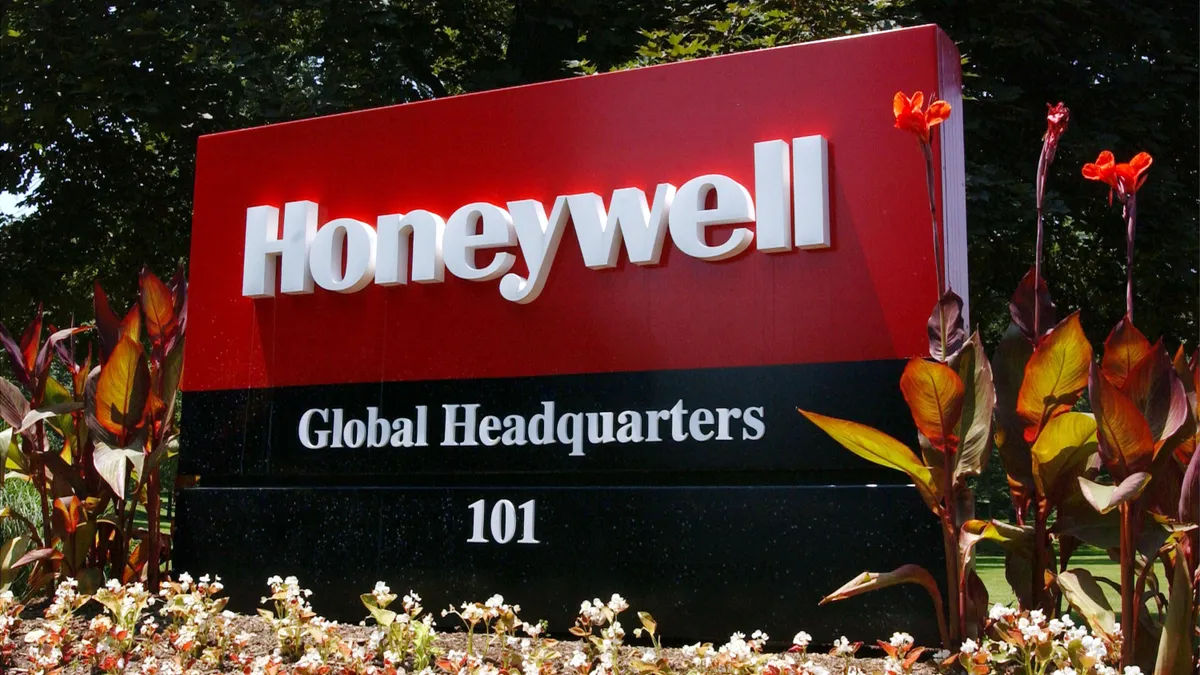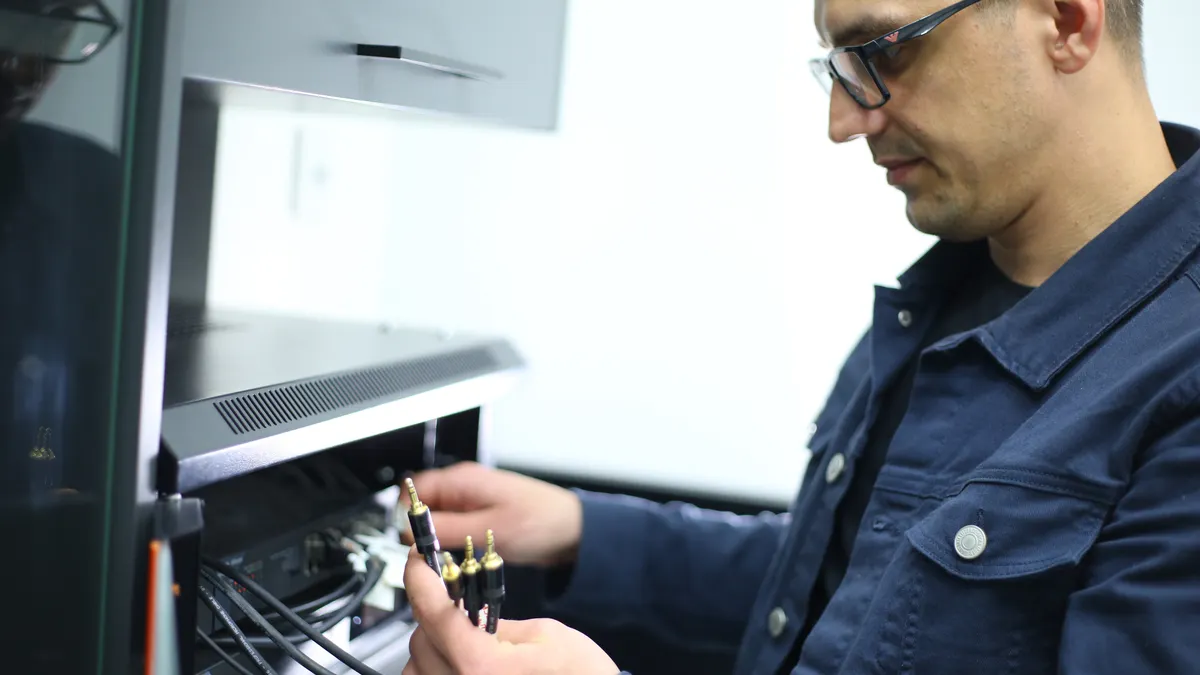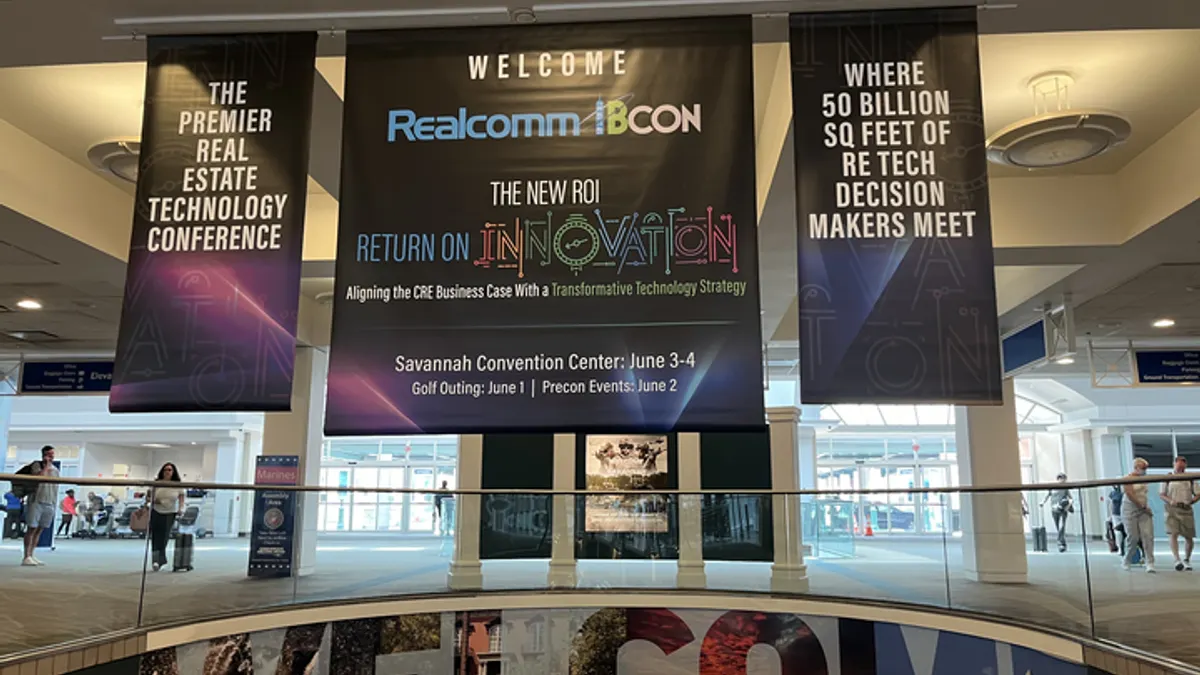Occuspace, which uses sensors to collect data on building use, Tuesday announced its Micro sensor aimed at measuring how space is used at the room level, giving facilities managers insight into occupancy patterns for conference rooms, flex spaces, phone booths and other areas.
The product enables Occuspace to cover 100% of building space, complementing the company’s Macro sensor that’s designed for larger, open work spaces, the company says.
“There's a lot of opportunity to make better use of [a smaller] type of space,” Linus Grasel, co-founder and chief information officer at Occuspace, said in an interview.
Founded by two students at the University of California, San Diego, in 2018, Occuspace’s sensors and software aim to provide building operators with an anonymous way to collect occupancy data to help them make space planning and redesign decisions.
The company’s focus has been on “neighborhood-level granularity” — analyzing occupancy on a department- or floor-level basis so clients can make ROI decisions — but with its new addition, it’s aiming to provide more granularity, Nic Halverson, the company’s co-founder and CEO, said in an interview.
The Micro sensor uses what the company calls privacy-safe millimeter wave technology — a type of radar — to detect occupancy levels and send data to the cloud for AI-driven analysis. The sensor’s range provides approximately 400-square-foot coverage without the need for a dedicated Wi-Fi connection, the company says.
Clients have been asking for the higher granularity capabilities, Halverson says.
Although there is less ROI potential with them, individual rooms potentially provide an easier decision than entire floors or sections for building operators that want to drive change. “Even if it’s not the big ROI, this is where we can start making decisions, and it’s super valuable space,” Halverson said.
Organizations trying to attract employees back to the office often don’t have the right mix of spaces to meet their workplace needs, the company has said. With data, organizations can be more intentional in how to right-size the mix of space, it says.
“Conference rooms are apolitical,” Grasel said. “It’s easier for you to drive change around your conference rooms because they don’t belong to anyone.” Conference rooms are also some of the most popular — albeit poorly used — space types, Grasel said.
“From the data we've collected, in conference rooms of up to 15 people, on average [there are] two people in there at any given moment in time. So there's a lot of opportunity to make better use of that type of space,” he said. “That’s where the new sensor comes in. We’ve learned that to make decisions on conference rooms, you have to be a little bit more surgical about which conference rooms provide the highest opportunities for optimization.”
Occuspace’s new Micro sensor launch comes amid the company’s over 100% year-over-year growth since 2021 and a $6 million series A funding round in March. The investment, led by Lewis & Clark Ventures, will help the company accelerate its growing service to higher education, corporate and government facilities, it said in a release.
While scaling to meet demand in existing verticals, the company also had plans to invest in integrations with HVAC systems, Grasel said, citing recent research on the potential benefits of occupancy-led building controls and automation.
“What are the other use cases? It gets me pretty excited,” Halverson said. “We’ve tried our hardest to stay focused on the office space world, where we know we can drive these decisions and return ROI. But even in office space, our clients are coming up with new ways to use the data.”
Demand control ventilation and occupancy-driven custodial cleaning are some low-hanging fruits that have already driven substantial cost savings for clients, Halverson said. One of Occuspace’s clients is now using its occupancy data to optimize cafeteria operations and reduce food waste.
“They reported that they’re getting a 2-to-1 ROI on our data by reducing food waste in the cafeteria. They use our data to understand how many people are in the building at like 10:30 a.m., and then the cafeteria staff cooks food for that many people,” he said.
Correction: A previous version of this article misstated the university Occuspace’s co-founders attended. They attended the University of California, San Diego.



